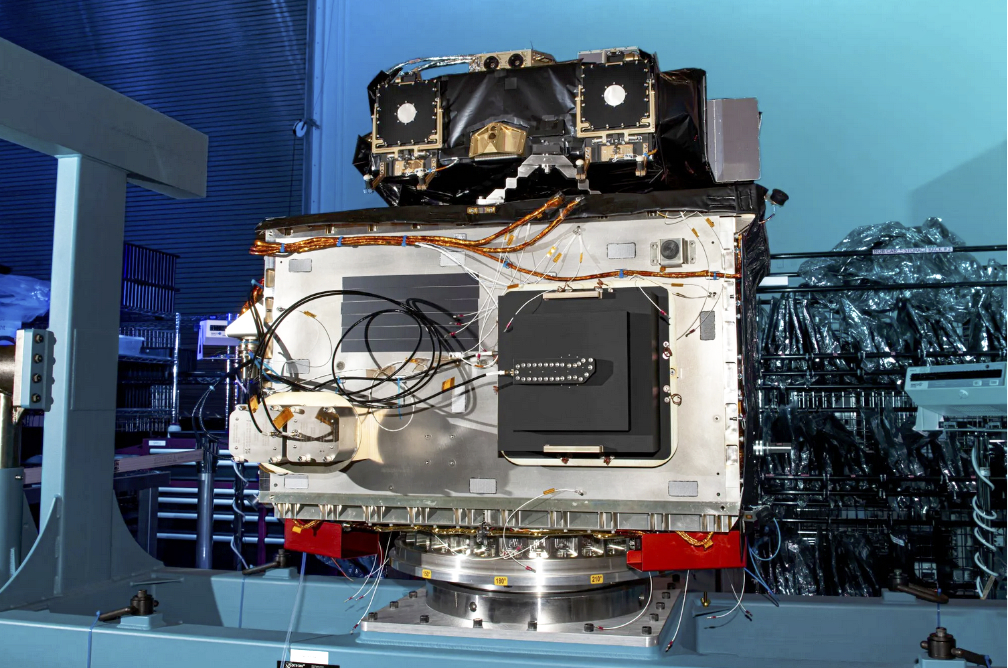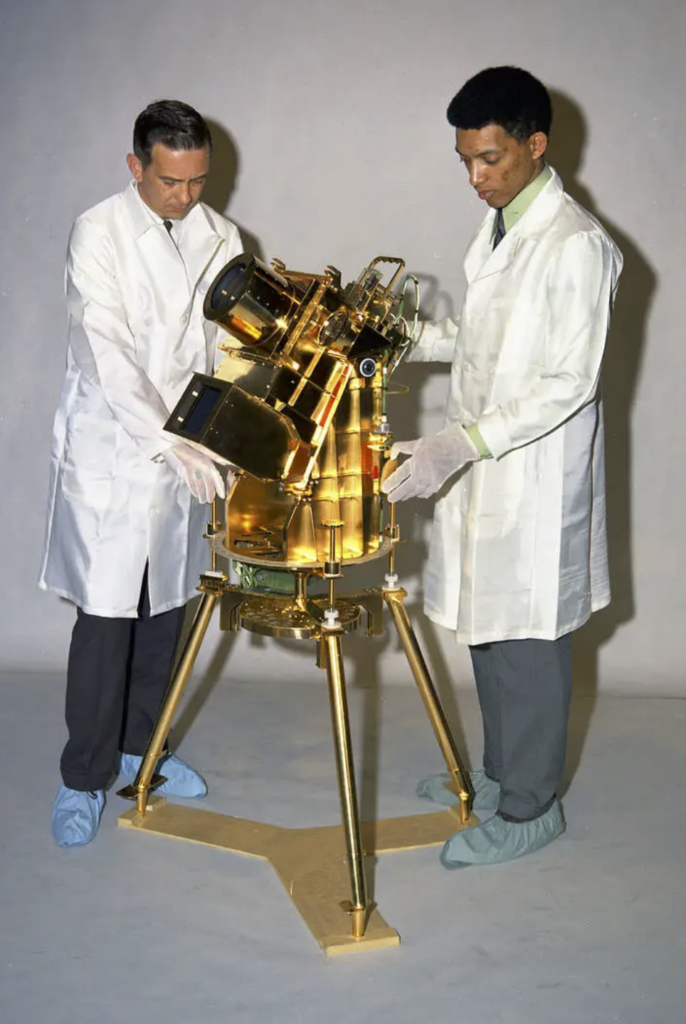
BAE Systems has successfully completed the integration of the Carruthers Geocorona Observatory’s ultraviolet (UV) spectrometer onto the satellite bus, the next major step in completing the NASA Earth-monitoring satellite.

Carruthers is a smallsat designed around BAE Systems’ configurable spacecraft platform. Once on-orbit at Lagrange Point 1 (L1), the observatory will use an advanced UV imager to observe the exosphere — the outermost part of the atmosphere — to determine how it changes in response to space weather caused by the Sun. Carruthers is expected to be the first smallsat to operate at L1, a gravitationally stable orbit point between the Earth and Sun about 1 million miles away, and it will be the first satellite to provide continuous observations of the Earth’s exosphere.

The mission was previously called the Global Lyman-alpha Imager of the Dynamic Exosphere (GLIDE), but it was renamed in 2020 in honor of Dr. George R. Carruthers, the renowned scientist responsible for designing and building the moon-based telescope that took the first images of the Earth’s geocorona from space as part of the Apollo 16 mission.
The mission comes as part of a collaboration between NASA and the Space Sciences Laboratory at the University of California, Berkeley, which developed the primary scientific instrument with support from Utah State University’s Space Dynamics Laboratory and the Liège Space Center. Dr. Lara Waldrop of the University of Illinois, Urbana-Champaign, serves as the principal investigator for the mission.
BAE Systems was responsible for designing and building the satellite bus for the mission, in addition to leading integration and environmental testing, which will continue through June of this year to ensure the satellite will withstand launch conditions and perform properly in space.
The satellite is currently scheduled to launch in 2025 as a rideshare component of NASA’s Interstellar Mapping and Acceleration Probe (IMAP) mission.

“This mission will allow us to better understand how our atmosphere interacts with the ever-changing conditions in space, carrying on the remarkable legacy that began with Dr. Carruthers’ work more than 50 years ago,” said Dr. Alberto Conti, VP and GM of Civil Space for BAE Systems Space & Mission Systems. “Space weather has a significant impact on Earth, from amazing phenomenon like the aurora borealis to major disruptions with satellite communications and electrical grids. This satellite will deliver a wealth of new data and better equip us to respond to whatever the Sun throws at us.”
